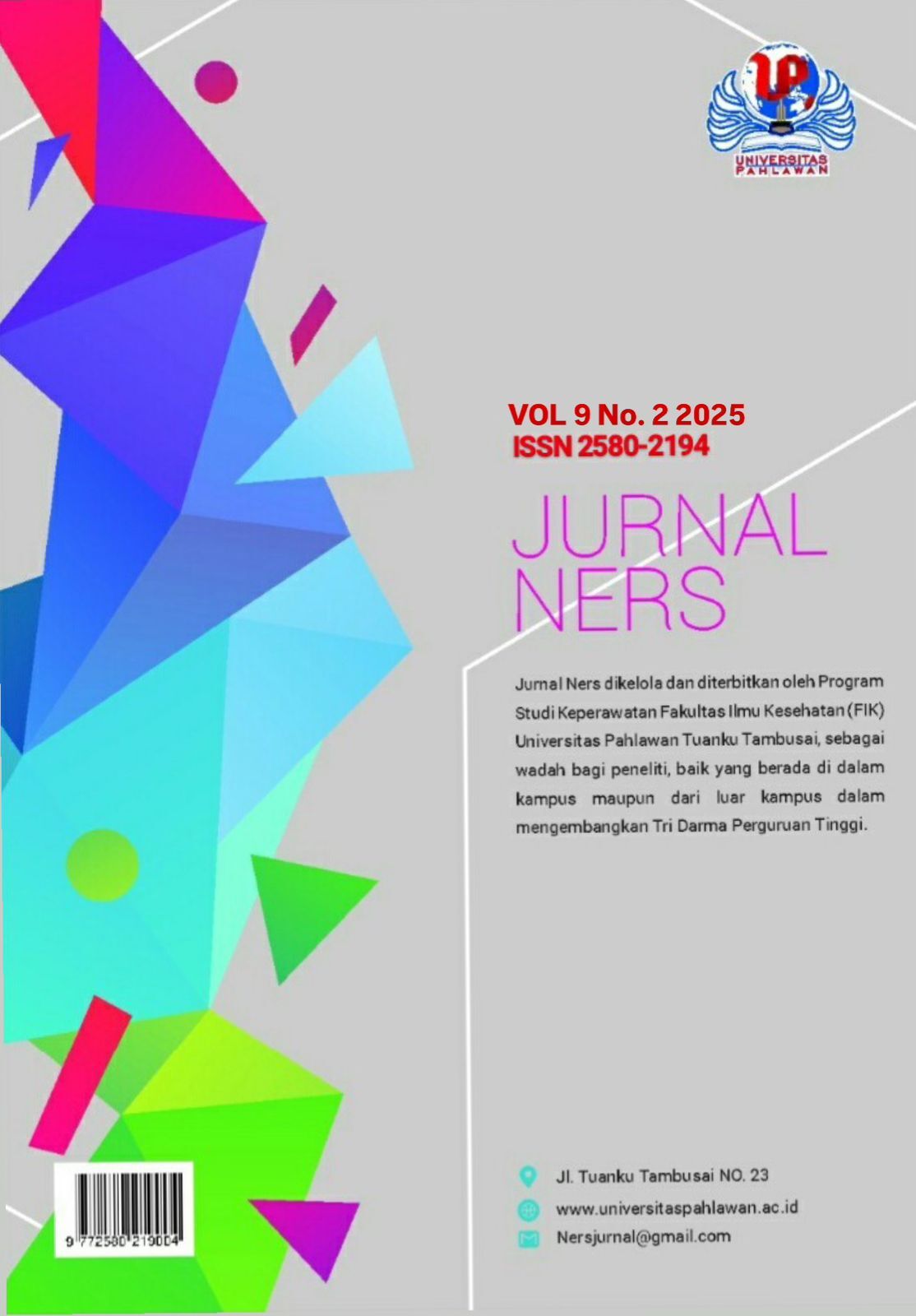Faktor-faktor yang Mempengaruhi Penggunaan Rokok Elektrik di Kalangan Komunitas Vape Muda
DOI:
https://doi.org/10.31004/jn.v9i2.33931Abstract
The increase in e-cigarette users in society continues to grow, which can endanger bodily health. This study aims to determine the factors associated with e-cigarette users in the "Vape Gaming Store" association in the GOR H. Agus Salim area in Padang City. This research method is quantitative research. The research design is an analytic correlation with a cross-sectional approach. The sample in this study amounted to 50 people, with sampling techniques using total sampling. The results of the study were analyzed using the chi-square test. Based on the results of the chi-square test, there is a relationship between friend factors, knowledge factors, social media factors, and lifestyle factors, with a p-value <0.05. In this study, the social media factor is highly influential, increasing the likelihood of e-cigarette use by 9000 times. This factor can be utilized to help disseminate information and educate through social media by giving warnings about the long-term dangers of e-cigarettes in marketing content or photos.Downloads
Published
2025-03-16
How to Cite
Banowo, A. S., Fauziyah, N., & Krisdianto, B. F. (2025). Faktor-faktor yang Mempengaruhi Penggunaan Rokok Elektrik di Kalangan Komunitas Vape Muda . Jurnal Ners, 9(2), 2356–2362. https://doi.org/10.31004/jn.v9i2.33931
Issue
Section
Articles
License
Copyright (c) 2025 Jurnal Ners

This work is licensed under a Creative Commons Attribution-ShareAlike 4.0 International License.
Authors who publish with this journal agree to the following terms: Authors retain copyright and grant the journal right of first publication with the work simultaneously licensed under a Creative Commons Attribution-ShareAlike 4.0 International License that allows others to share the work with an acknowledgement of the works authorship and initial publication in this journal. Authors are able to enter into separate, additional contractual arrangements for the non-exclusive distribution of the journals published version of the work (e.g., post it to an institutional repository or publish it in a book), with an acknowledgement of its initial publication in this journal. Authors are permitted and encouraged to post their work online (e.g., in institutional repositories or on their website) prior to and during the submission process, as it can lead to productive exchanges, as well as earlier and greater citation of published work (See The Effect of Open Access).








